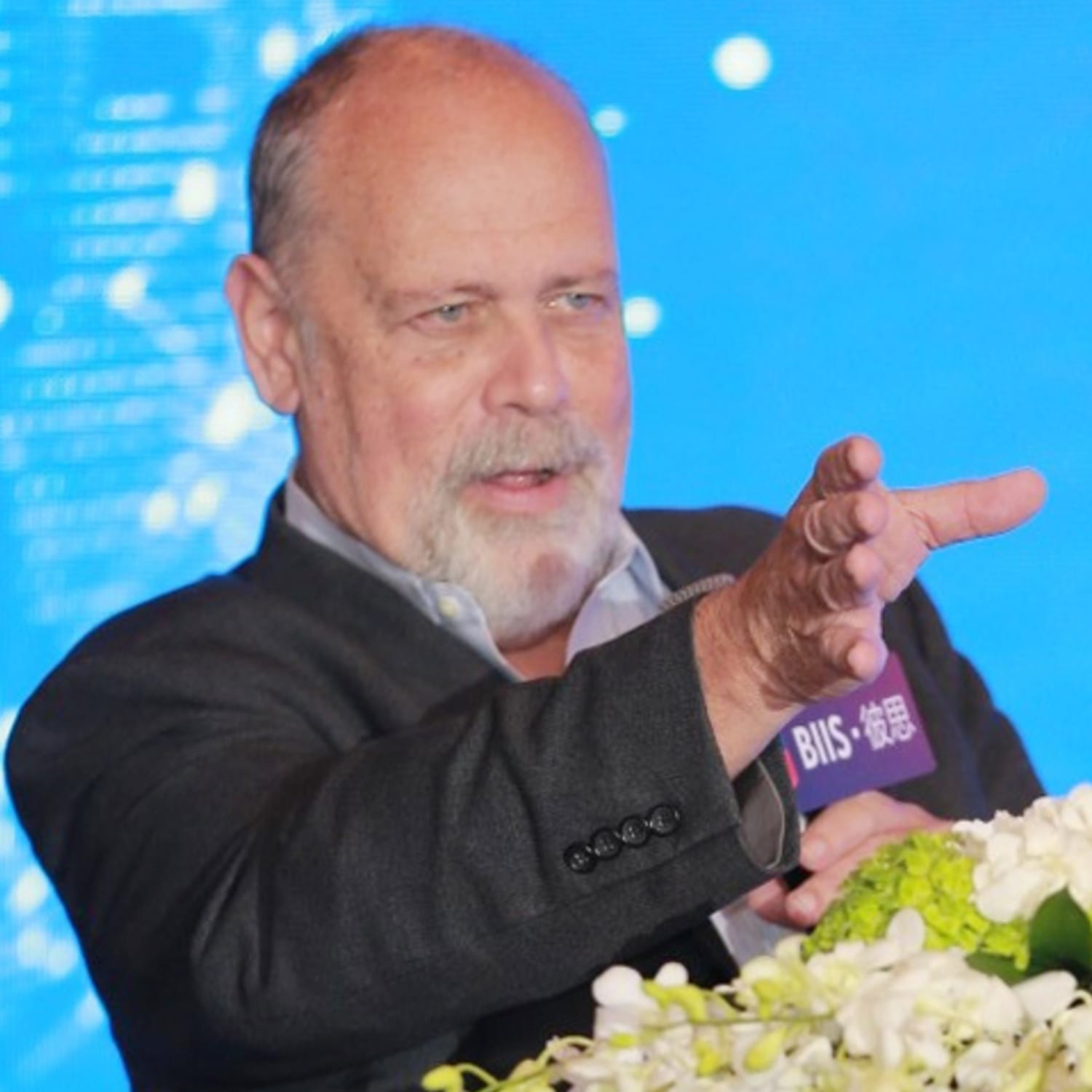Life Sciences
Dragonfly chief: Bristol Myers shouldn’t blame IL-12’s clinical performance for decision to scrap the deal — economics played a key role
Bioregnum Opinion Column by John Carroll
Bristol Myers Squibb says the IL-12 drug they were developing out of Dragonfly Therapeutics was scrubbed from…

 Bioregnum Opinion Column by John Carroll
Bioregnum Opinion Column by John CarrollBristol Myers Squibb says the IL-12 drug they were developing out of Dragonfly Therapeutics was scrubbed from the pipeline for a simple reason: It didn’t measure up on clinical performance.
But Bill Haney, the CEO of Dragonfly, is taking issue with that.
The early-stage drug, still in Phase I development, has passed muster with Bristol Myers’ general clinical expectations, advancing successfully while still in Phase I, he says.
To see the move clearly, Haney adds, you need to understand the interweaving of economics and science at play to really understand what drove Bristol Myers’ decision to punt the program — and the basis for his decision to double down on the drug at Dragonfly.
And that requires some context on the giant milestones Bristol Myers still owed in near-term payments, according to Haney:
Bristol Myers was on the hook for a nine-figure milestone payment — on the low side — in January when execs from the pharma team asked for a rewrite on the milestones. And they were due for another nine-figure payout, at the midway point, by the end of next year as they progressed through the Phase I/II trial.
That came on top of the $650 million — $475 million in early milestones plus $175 million in later payments — Bristol Myers had already forked over.
“Bristol Myers itself has previously said that (the drug’s) performance is in line with its” clinical standards, says Haney, who has other drugs still in development with Bristol Myers. “We respect Bristol Myers’ right to make decisions based on the economic profile of the drug but describing this as clinical performance alone is inaccurate.”
“The data will play out as the data play out,” he says, adding there’s no certain way to predict Phase II. But, he says, IL-12 has been known to successfully treat patients and if they’ve figured out the safety profile, they’ll have a marketable drug. And so far, so good on that score, with Haney noting that researchers will be looking to improve on a key measure of success as they raise the dose.
Bristol Myers did not immediately respond to a request early Tuesday for a response to Haney’s remarks.
Haney was closely allied to Rupert Vessey, who is stepping down from his early research post at Bristol Myers, and a number of the BMS crew still there. He doesn’t have a cross word for any of them. He also cites one earlier quote from Vessey to underscore his position.
“We are in dose-escalation, both monotherapy and with nivolumab, and I’m pleased to say that so far the PK profile and the early PD results, systemic PD results, look like they’re bearing out the original hypothesis. So the aim here now is to get to the right dose to test whether this type of approach can deliver clinical efficacy either as a monotherapy or as a combination therapy.”
So Dragonfly’s play now will be to double down on the drug and do the clinical work itself, as Haney freely notes that few biotechs are adding big programs to the pipeline in this difficult funding environment.
And that, he adds, is why Dragonfly recruited Joe Eid, one of the principal players in the early — and fast — development of Keytruda, to step on the gas and rev up the clinical development, so they can get to the clinical answers as fast as possible.
In a statement to Endpoints, Bristol Myers was clear in its assessment:
With a robust early clinical development portfolio, Bristol Myers Squibb constantly evaluates programs based on emerging data to prioritize resources where we see the potential for transformational effects on patients’ lives and the IL-12 program did not meet our threshold for progression.
The derailment of the Dragonfly pact arrives as Bristol Myers is focused on quietly revamping its R&D group. Word arrived recently of its plans to lay off an unspecified number of staffers in New Jersey, enough to trigger considerable buzz about the resumes hitting the desks of other biopharma employers.
Then came word that Vessey had decided to exit the company while it chopped out various drug assets.
Big Pharma in general has been engaged in making a variety of budget cuts in recent weeks and months, from Novartis and J&J through Amgen and others.

Wittiest stocks:: Avalo Therapeutics Inc (NASDAQ:AVTX 0.00%), Nokia Corp ADR (NYSE:NOK 0.90%)
There are two main reasons why moving averages are useful in forex trading: moving averages help traders define trend recognize changes in trend. Now well…
Spellbinding stocks: LumiraDx Limited (NASDAQ:LMDX 4.62%), Transocean Ltd (NYSE:RIG -2.67%)
There are two main reasons why moving averages are useful in forex trading: moving averages help traders define trend recognize changes in trend. Now well…
Asian Fund for Cancer Research announces Degron Therapeutics as the 2023 BRACE Award Venture Competition Winner
The Asian Fund for Cancer Research (AFCR) is pleased to announce that Degron Therapeutics was selected as the winner of the 2023 BRACE Award Venture Competition….














